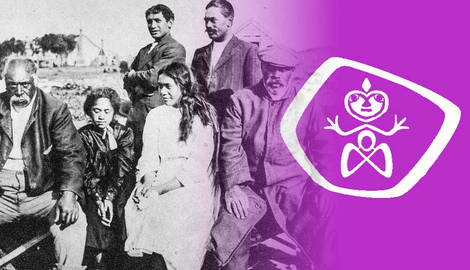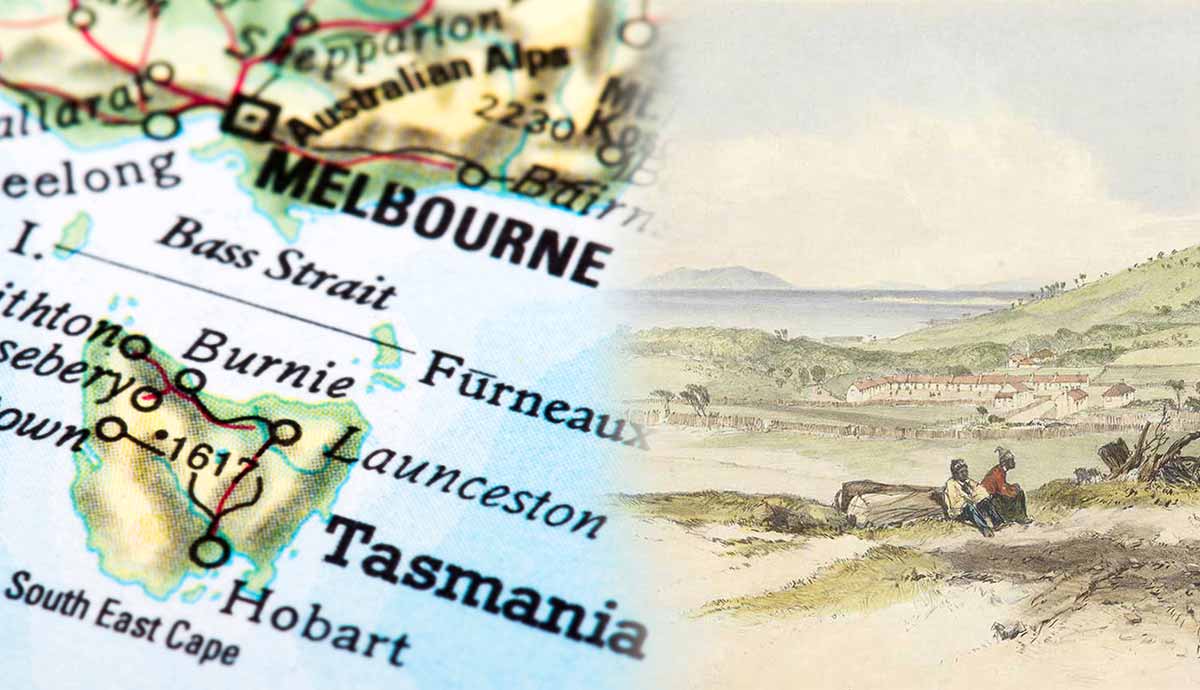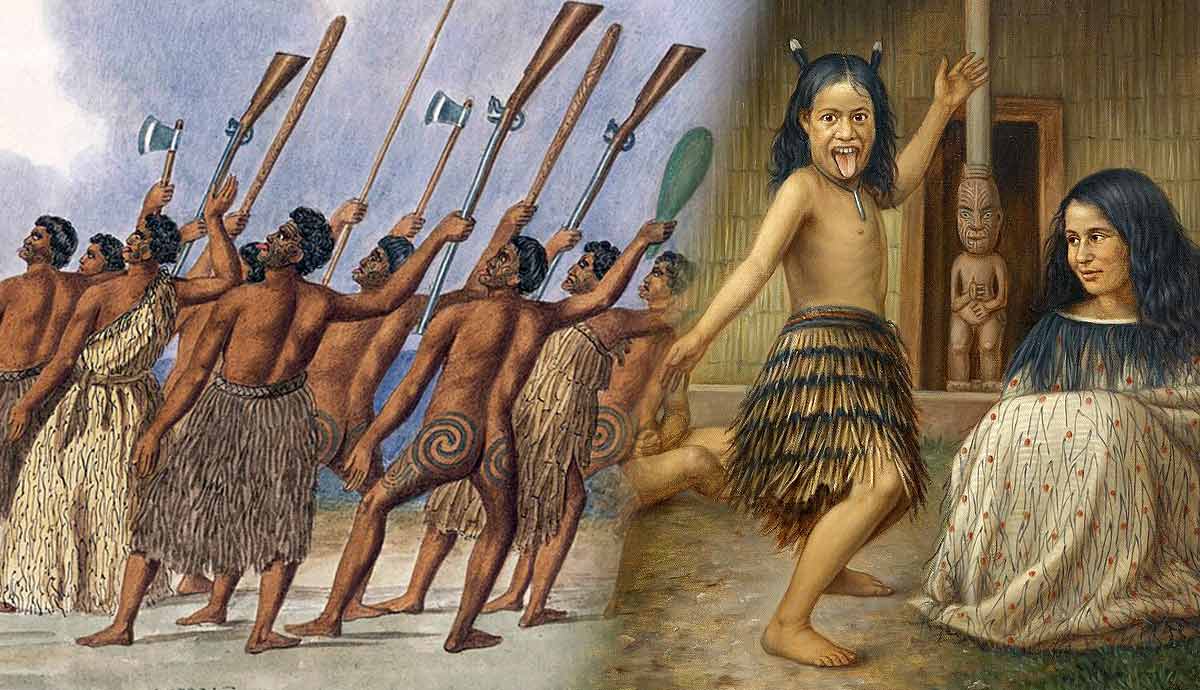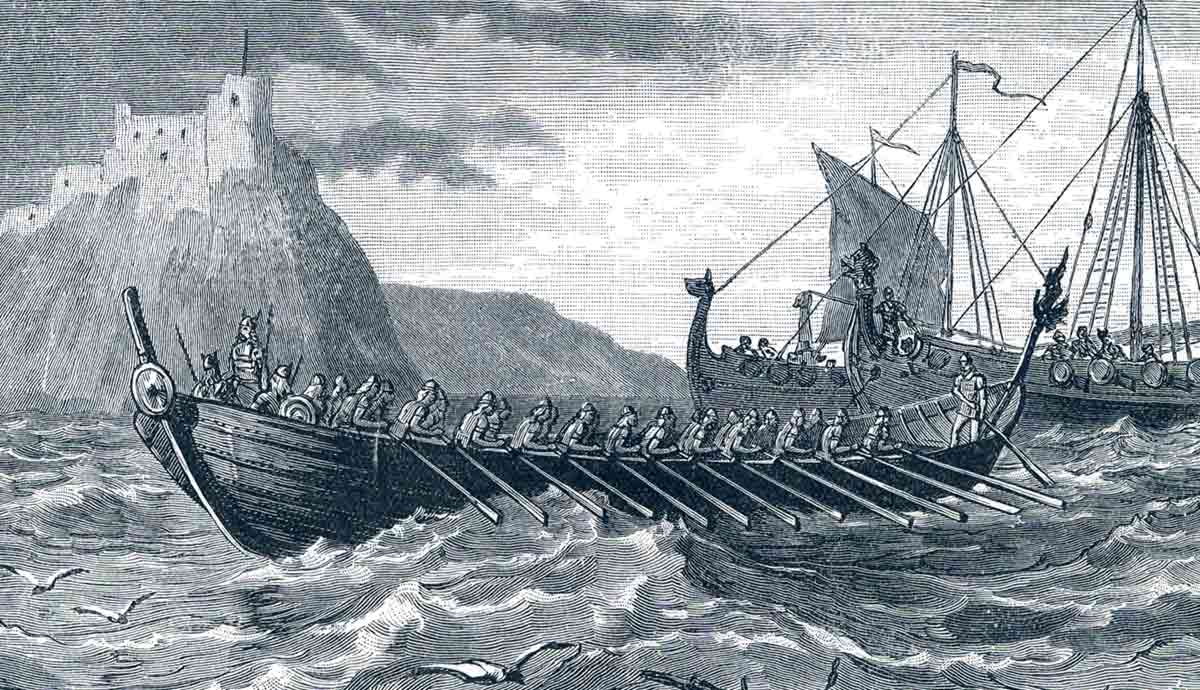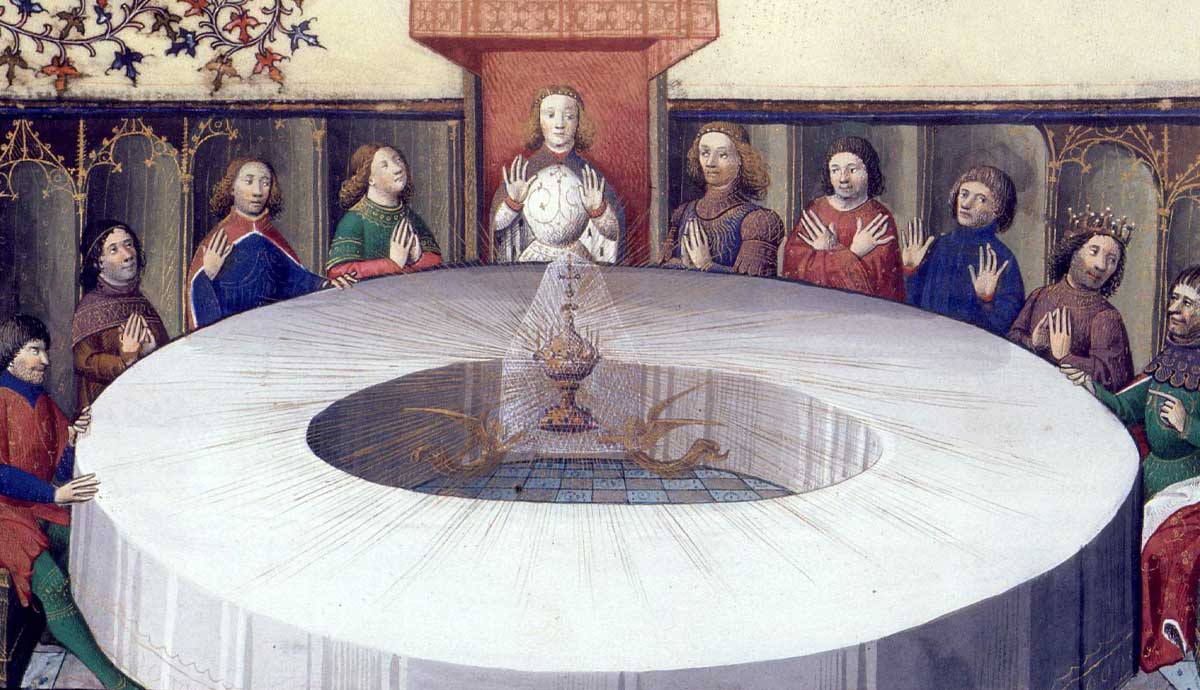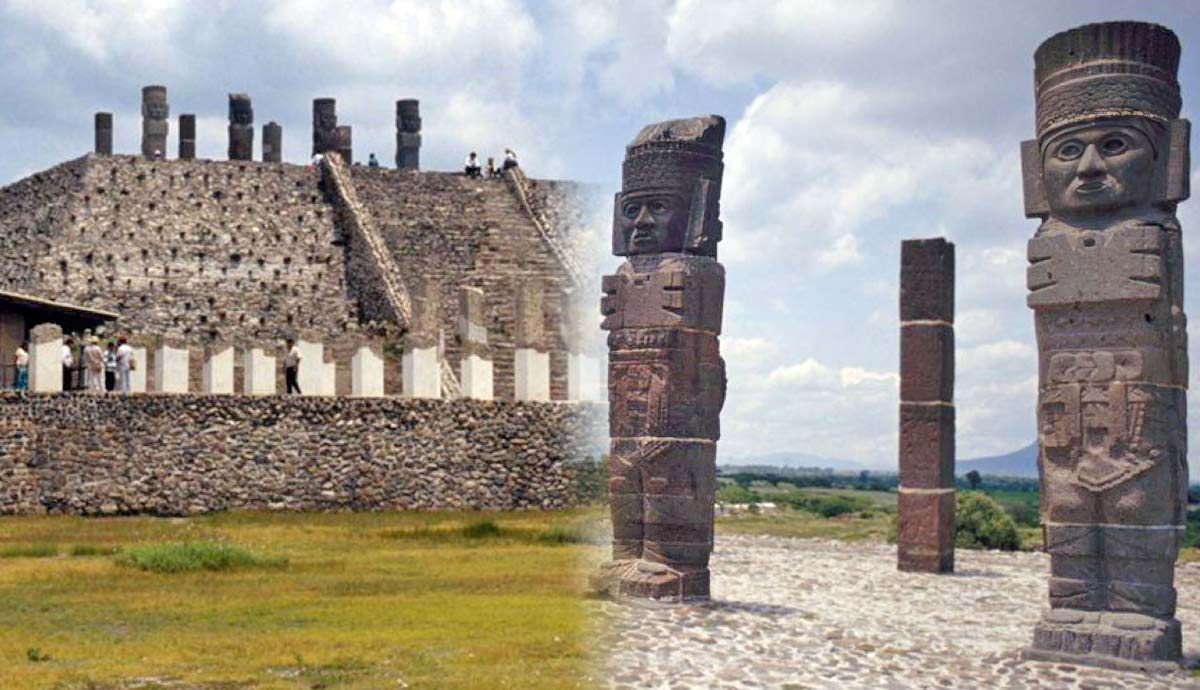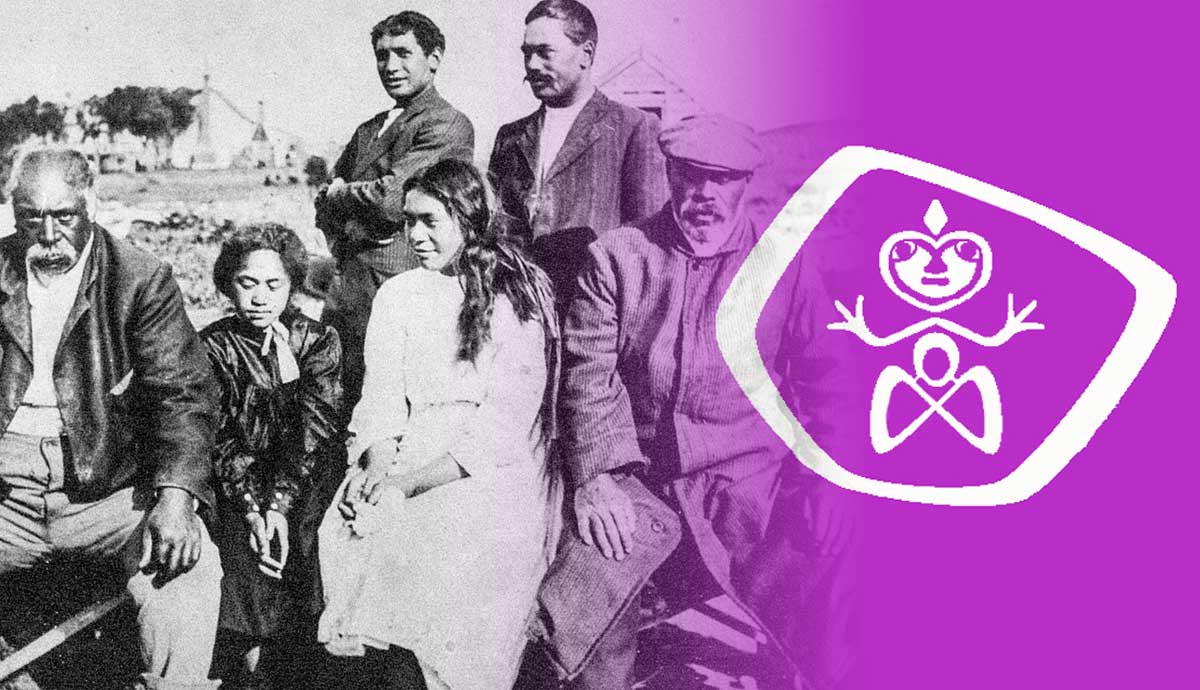
For decades, the Moriori have been considered extinct. When two Māori tribes invaded their homeland, the Chatham Islands, in 1835, the Moriori refused to fight back. They remained faithful to the Law of Nunuku, the central tenet of Moriori life, which prohibited warfare and cannibalism and emphasized conflict resolution through peace and dialogue. Thousands died. The survivors were enslaved on their lands and forbidden from speaking their language. And yet, Moriori culture survived. Today, the Moriori are recognized as one of the Indigenous peoples of Aotearoa/New Zealand.
Who Are the Moriori?

The Moriori, a splinter group of the Māori, were the first human beings to populate the Chatham Islands, an archipelago off the coast of what is now Aotearoa/New Zealand. Most of what we know about their arrival on Rēkohu (Chatham Island) and Rangihaute (Pitt Island), the archipelago’s two largest islands, is a matter of speculation. Moriori lawyer and activist Maui Solomon writes that “Moriori acknowledge two streams of settlement. The first is our tuākana line direct from Eastern Polynesia via Rongomaiwhenua and Rongomaitere. The tēina or later migrants, such as Kahu and Moe and other waka, came from mainland New Zealand.”
According to Moriori traditions, the first group arrived from Eastern Polynesia about 1,000 years ago. Moriori tribes trace their ancestry back to their founding ancestor, Rongomaiwhenua, whose name translates as “land god.”

Once he settled on Rēkohu with his younger brother, Rongomaitere, Rongomaiwhenua began establishing sacred places and erecting altars, staking his claim as the first human being to populate the island. The first of these sacred sites, Ko Ro Puke o Heauoro, was placed near Te Awapatiki, just north of the opening of the lagoon, and it continues to be one of the most sacred places on the Chatham Islands. The first group was then followed by a second migration that sailed directly from mainland Aotearoa/New Zealand.
Archaeologists have subsequently validated the Moriori’s claim that they were the first humans to settle the islands. However, carbon dating of artifacts found on the Pitt and Chatham Islands suggests that the first settlers arrived between 1500 and 1550 directly from mainland New Zealand and that they were the descendants of the first Polynesian settlers who had settled Aotearoa/New Zealand and from whom the Māori are descended as well.

Upon their arrival on New Zealand’s North and South Islands at some point in the 13th century, the ancestors of the Māori were forced to adapt to a climate radically different from that of their Polynesian islands. The ancestors of the Moriori faced a similar challenge: the flora that flourished on the North and South Islands could not survive on the Chathams. They became hunter-gatherers. They often sailed to the smaller islands of the archipelago (now uninhabited) on “birding” missions in their vessels, the so-called waka kōrari (or waka pūhara), a special flat-bottomed waka (canoe).
Its sides and bottoms were covered with dry flowering flax stems, called kōrari, hence its name.
In the Chatham Islands, the Moriori developed a unique culture with unique traditions and a unique language, known as re Moriori.
The Chatham Islands

The Chatham Islands are an archipelago of twelve islands in the Pacific Ocean, located about 800 kilometers (500 miles) southeast of New Zealand’s South Island and 840 km (521 miles) east of Christchurch. Some of them are quite large, others extremely small and uninhabited. The largest islands, inhabited by the Moriori, are Chatham Island and Pitt Island. Among the Moriori, they are known as Rēkohu, which translates as “Misty Sun” or “Misty Skies,” and Pitt Island, the second largest, is known as Rangihaute.
The Māori, who invaded the Chathams in 1835, were called Chatham Island Wharekauri and Pitt Island Rangiauria. As of today, they are the archipelago’s only inhabited islands. Both islands are dotted with dunes and lagoons, rugged cliffs, beaches, and streams.

In November 1791, the HMS Chatham, one of the ships of the Vancouver Expedition, reached Rēkohu/Chatham Island. The ship had been blown off course while en route to Tahiti. Lieutenant William Broughton (1768-1821) planted the British flag on Rēkohu, claimed it for the British Crown, and named the island after the First Lord of the Admiralty, John Pitt, 2nd Earl of Chatham.
This was the Moriori’s first encounter with Europeans. For almost three centuries, they had lived on the Chathams in complete isolation. Europeans (and Māori) whalers, sealers, and traders followed shortly afterward, establishing sealing and whaling stations. In 1865, they introduced sheep and the export of wool soon became the basis of the Chathams’ economy. After (failed) negotiations with the Germans, the islands became part of the Colony of New Zealand in 1842.
In the 2023 New Zealand Census, the population of Chatham and Pitt Islands numbered around 612. 72.5% are Pākehā, that is, people of European descent. 68.6% are Māori, who almost entirely supplanted the Moriori after they invaded the islands in 1835.
The Law of Nunuku

Unlike the Māori, the Moriori were peaceful people, committed to peace and conflict resolution through dialogue. Throughout the centuries and even in the decades following the Māori invasion of 1835, they remained committed to upholding the so-called Law of Nunuku, the law of nonviolence based on the sayings of Moriori chief Nunuku-whenua.
The colonization of the Chatham Islands by the Moriori was bloody. According to Moriori traditions, the second wave of settlers arrived on two canoes, Rangimata and Rangihoua. The third waka, Ōrupuke, arrived on Rēkohu one generation later. Conflict soon erupted between different tribes, the Rauru and Wheteina. It was brutal and long and deeply scarred Moriori society. At the time, Nunuku-whenua was a high-ranking chief, spiritual leader (tohuk’), and carver.

Horrified by the devastating conflict that was ravaging the islands, he intervened by banning warfare—any form of warfare—as well as murder and cannibalism among all the Moriori tribes of Rēkohu and Rangihaute. “Never again let there be war as there has been this day. Do not kill,” he reportedly urged the Moriori.
It did not take long before all the Moriori tribes embraced his call for nonviolence. They abandoned their weapons, placed them onto the altars, and willingly entered into a sacred pact with their gods. By surrendering their weapons to them, they were handing them back the right to decide whether a human being should live or die. They also rejected cannibalism (common among Māori tribes, especially in times of war), and remained faithful to the path laid out for them by Nunuku-whenua, even when the Māori invaded their islands.

This sacred covenant (tohinga) between the Moriori and the gods was cyclically renewed with every generation. The elders would show the old weapons of their ancestors to the younger ones, explaining to them what they represented and why they had been abandoned, and then place the weapons back on the altar. Whenever dialogues were not enough to resolve tribal issues, Nunuku granted his people the possibility to fight with “wooden staffs the thickness of my two thumbs.”
In any case, as soon as even one drop of blood was spilled, fighting had to cease instantly. By the time European sealers and whalers arrived on the Chatham Islands, the Moriori numbered about 2,500 people. By the early 1860s, after the war of 1835, only 101 Moriori were still alive.
Conflict With the Māori

The bloodshed that brought the Moriori to the brink of extinction is today considered an act of genocide. Unlike elsewhere in Oceania and the American continent, the perpetrators were not Europeans but Māori.
In 1835, displaced men and women from two Māori tribes, the Ngāti Tama and Ngāti Mutunga, invaded the Chatham Islands. They were originally from the Taranaki region in the west of New Zealand’s North Island. Historian Philippa Mein Smith reports that they seized the brig whaler Lord Rodney anchored in Wellington and kidnapped its (European) captain. On November 19, they arrived at Rēkohu. Another group disembarked on December 5. They were mainly warriors, carrying muskets, tomahawks, and clubs. The Moriori offered them food and shelter, sharing the resources of their lands. They also called a peace council of 1,000 men who met at Te Awapātiki to discuss possible responses.

Although they outnumbered the Māori newcomers two to one, the Moriori eventually stuck to Nunuku’s Law of peace and nonviolence, as their ancestors had done for the past 24 generations. As Maui Solomon beautifully puts it, the Moriori “had developed, here on their home island, a greater respect for the sanctity of human life, and had agreed to observe the law of peace, literally through life and death.” They were nearly exterminated.
The Māori mistook the peace council for a war council and waged war on the Moriori. About 300 people were massacred, some even cannibalized. The rest were enslaved, dispossessed of their lands, forced to desecrate their sacred places, and prevented from speaking their language. Over the next few years, they died by the hundreds. For 30 years, they were kept as slaves on their lands.
The Aftermath of the Genocide

In 1862, a group of surviving Moriori elders wrote to Governor George Grey (1812-1898). Leading them was Hirawanu Tapu (1824-1900), a member of the Ōwenga Moriori tribe from the southeastern coast of Chatham Island. He had gained his freedom only two years earlier after the death of his master, Chief Wiremu Kīngi Meremere. Urged on by the missionaries who had settled on the island in the 1840s, the Moriori petitioned the governor for justice and the restoration of their stolen lands.
In 1863, the Crown freed the Moriori from slavery. At that point, however, only 101 were still alive. Some 1,561 Moriori had died in the previous decades. Equally outraged and fascinated by the demise of the Moriori, Europeans began to search for the “last Moriori.” One of the candidates was Tame Horomona Rehe (also known by the Western name of Tommy Solomon), widely regarded as the last “full-blooded” Moriori.

When he died in 1933, many believed that the Moriori people were extinct. In 1870, the Native Land Court awarded 98 percent of all land on the Chatham and Pitt Islands to the Ngāti Mutunga, one of the tribes responsible for the Moriori genocide. Meanwhile, the other tribe had returned to its homeland in the Taranaki region. In the early 1870s, despite the hardships of the previous decades, the Moriori population outnumbered the Māori on Chatham Island.
Regardless of the myths perpetuated for decades by Western and New Zealander historiography, the Moriori did not die out in 1933. In February 2020, Moriori tribal leaders signed a treaty with the New Zealand Government, which included an apology for the violence inflicted on them by the Māori and the failure on the Pākehā side to act and prevent the genocide. The treaty became law on November 23, 2021, 186 years after the first wave of Māori warriors invaded the Chathams.

The Moriori Claims Settlement Bill, as the law is called, recognizes that the ancestors of the Moriori (Moriori karāpuna) are the original inhabitants of the Chatham Islands. It also awarded them NZ$18 million in reparations and ensured the return of the stolen remains of the men, women, and children killed during the 1835 genocide.
Today, the Hokotehi Moriori Trust represents the Moriori people in New Zealand and abroad. It is also involved in land negotiations with the Crown and the government and the promotion of Moriori culture, history, and language. First established in 2003, the Karanga Aotearoa Repatriation Programme has worked in collaboration with the Hokotehi Moriori Trust to repatriate the smuggled remains of hundreds of Moriori ancestors that for decades have been stored in museums and collections around the world.

A statue of Tommy Solomon stands today on Rēkohu, a memorial to all the Moriori who lost their lives, lands, and freedom during the Musket Wars, a memorial meant to honor, in Maui Solomon’s words, “the stories of a people who once were warriors but who made a decision to become warriors for peace.”
